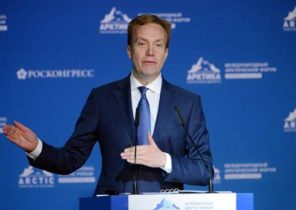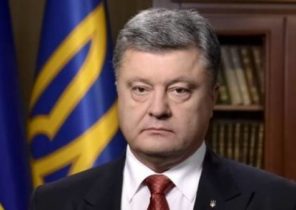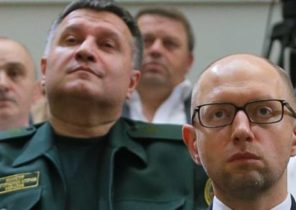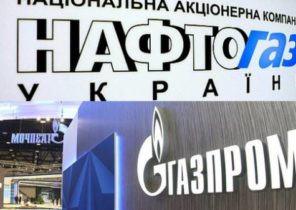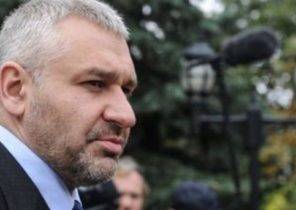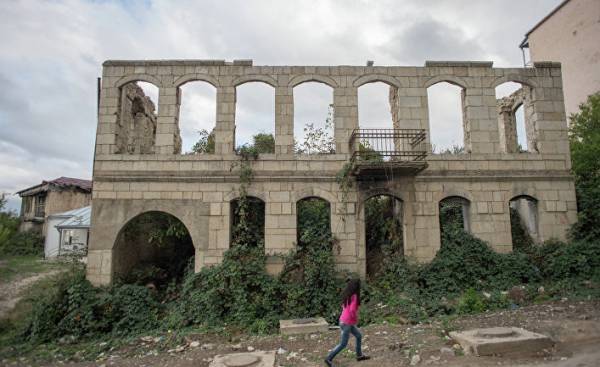
The co-chairs of the OSCE Minsk group on the 29th of March, issued a statement on last week’s visit to the region. March 11th, they went to Baku, 27th March were in Yerevan, and on the 29th of March in Artsakh (NKR). Usually, the co-chairs immediately visited by all the conflicting country, and in this time in between the visits to Azerbaijan and Armenia has remained the interval. The reason for this, perhaps, was Serzh Sargsyan’s visit to Moscow on the 14th of March. What was supposed to discuss the co-chairs in Yerevan, is largely dependent on the Sargsyan-Putin.
March 11th, they went to Baku, because on 6th March the Minister of foreign Affairs of Azerbaijan Elmar Mammadyarov already visited Moscow, and in fact was clear as was to be conducted in conversation with the co-chairs.
The statement of the co-chairs of the OSCE Minsk group gives hope for the resumption of the discontinued negotiations on the Karabakh conflict. Negotiations were terminated in June last year after the tripartite meeting Sargsyan-Putin-Aliyev. At this meeting were re-approved the agreements reached in Vienna immediately after the April war, the introduction of mechanisms to investigate incidents on the contact line and the increase in the powers of command of the personal representative of the OSCE Chairman.
During this time, the co-chair countries together and separately tried to put pressure on Armenia so that, despite the attacks on dostignuta agreement with Azerbaijan, she came back to the negotiating table. Armenia has not retreated to the end insisted on its position.
And when in a joint statement, Serzh Sargsyan and Vladimir Putin had stressed the importance of fulfilling the agreements of Vienna and St. Petersburg, it became clear that further processes will be promoted.
“The main purpose of the visit to the region is the detailed political and military information about the situation on the line of contact and Armenian-Azerbaijani border and the discussion of the application of the agreements reached at the summits in Vienna and St. Petersburg in 2016,” – said in a statement released by the co-chairs of the OSCE Minsk group.
General statements summarizing the regional visits of the OSCE, are declarative. This time, however, was one of those rare cases when the statement was extremely business. The co-chairs, in fact, noted that he had discussed the implementation of the agreements of Vienna and St. Petersburg. This is a serious step. They also noted that called for “territories adjacent to Nagorno-Karabakh.” This step is even more serious. Not every time the co-chairs travel outside of Stepanakert. High are on the front line, and if their visit was preceded by serious fighting.
“The chairmen presented their positions on the proposals of the co-chairs on strengthening the ceasefire ( … )” – said in a statement.
The visit of the OSCE in these areas may be associated with the deployment of observers of Kasperchik and implementation of mechanisms to investigate incidents. This is the way to strengthen the truce, and in fact, the place studies have been conducted in connection with these territories and were made concrete proposals about which Serzh Sargsyan and Ilham Aliyev have expressed their positions.
Although the visit to the liberated lands can be treated by processes related to their return, but how would the first President of Armenia Levon Ter-Petrosyan did not say about it, still there are no signs that such processes are going on.
The statement also said that the co-chairs will soon travel to Vienna to report to the members of the Minsk group of the OSCE on the results of the negotiations. It is assumed that the question should again be submitted to the relevant Committee of the OSCE, and if Azerbaijan this time not boycotting, it is possible to process the implementation of the agreements on confidence-building measures really begin.
During a press conference in Yerevan, the U.S. co-chair of the OSCE MG Richard Hoagland expressed the hope that in the near future the foreign Ministers of the two countries will meet and prepare a meeting of the presidents.
Behavior of official Yerevan over the past year shows that the talks will resume only if made practical steps towards implementation of the agreements of Vienna and St. Petersburg, for example, the OSCE is agreed upon “road map” for their implementation and financing.
If this happens, and these mechanisms will finally be implemented, it will be a victory of the ideology of peace: the parties in an atmosphere of “peace, good-neighbourliness and reconciliation” will discuss lying on the table a settlement option. The longer this goes on, the more will be the blood and suffering, and compromises will no longer be so painful for two peoples.
